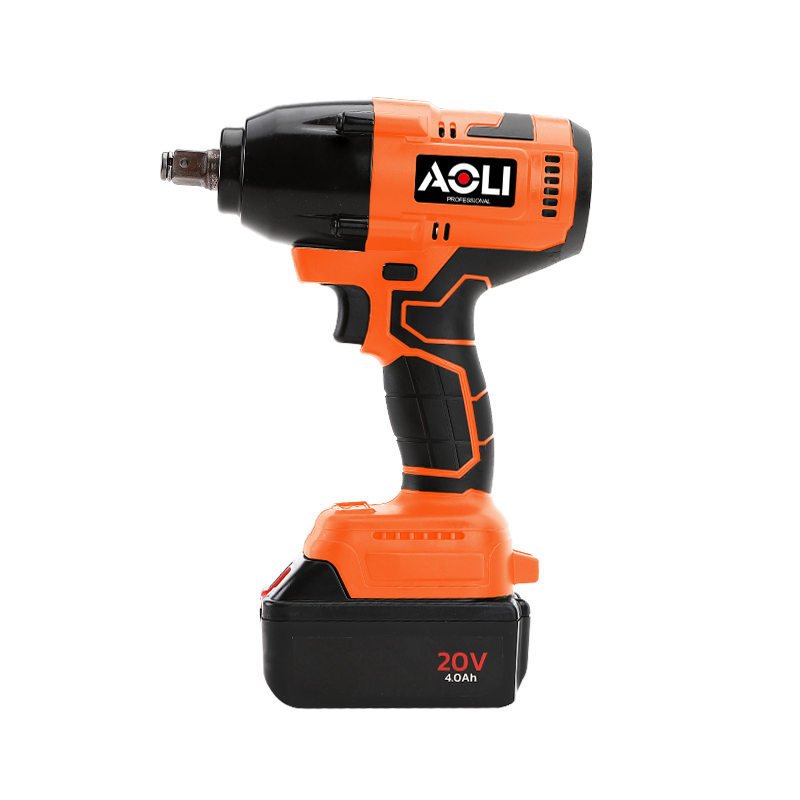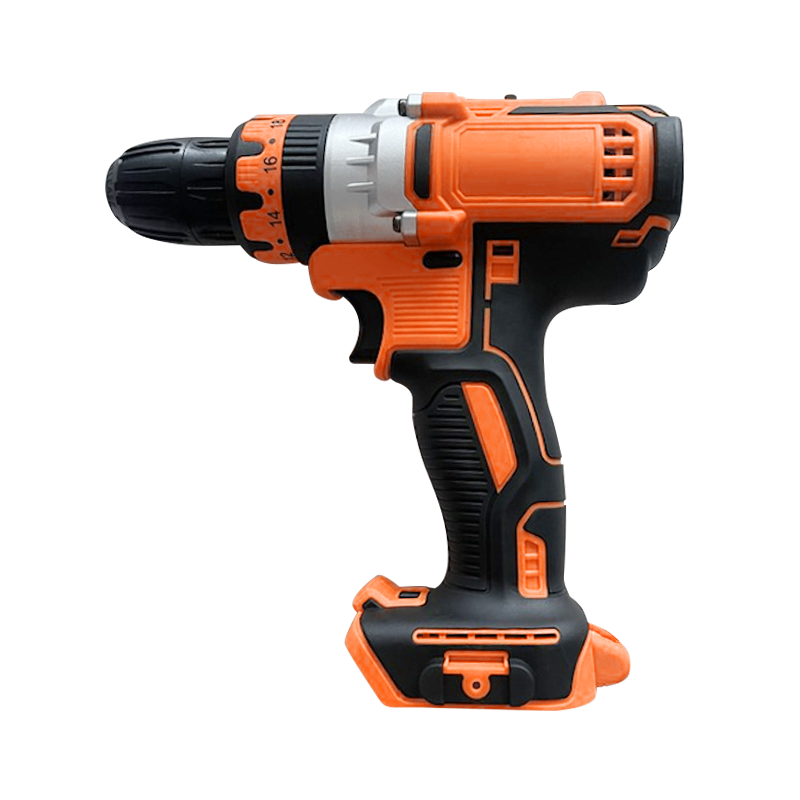Design Cordless Demolition Chipping Drill Hammer in China
In the manufacturing sector, the production of power tools such as cordless demolition hammer and chipping hammer drill is a complex process that requires meticulous attention to detail. These tools are designed to withstand the rigors of construction, demolition, and heavy-duty applications. Ensuring their durability and safety is paramount, as they are often used in environments where reliability and user protection are important. This article examines the various stages of production and the measures taken to guarantee the longevity and safety of cordless demolition hammers and chipping hammer drills.
The foundation of a durable and safe cordless demolition hammer or chipping hammer drill lies in its design and the materials used. Manufacturers must select robust materials that can withstand high impacts, vibrations, and the corrosive effects of dust and debris. High-grade metals, reinforced plastics, and advanced composites are often chosen for their strength, weight, and resistance to wear.
Sophisticated engineering techniques and stress analysis are employed to optimize the design of these tools. Computer-aided design (CAD) software allows engineers to create detailed models and simulate the tool's performance under various conditions. This helps identify potential weak points and areas where the tool may be subjected to excessive stress, allowing for improvements in the design before production begins.
Throughout the production process, quality control is a critical component in ensuring the durability and safety of cordless demolition hammers and chipping hammer drills. Rigorous testing protocols are implemented to evaluate the performance of each tool. This includes drop tests, impact tests, and endurance tests to simulate real-world usage and ensure that the tool can handle the demands placed upon it.
Incorporating safety features into the design of cordless demolition hammers and chipping hammer drills is essential. These may include features such as shock-absorbing handles to reduce the transmission of vibrations to the user, overload protection to prevent damage to the tool and injury to the operator, and safety switches that automatically shut off the tool in case of misuse or malfunction.
Ergonomic design plays a significant role in the safety and durability of these tools. Tools that are designed with user comfort and ease of use in mind are less likely to cause operator fatigue and injury. This includes features such as contoured grips, balanced weight distribution, and adjustable handles to accommodate different user preferences and working conditions.
For cordless demolition hammers and chipping hammer drills, the battery and power management system are crucial components that affect both performance and safety. High-quality, reliable batteries are necessary to ensure consistent power output and longevity. Additionally, intelligent power management systems can help prevent over-discharge and overheating, which can be due to tool failure and safety hazards.
Educating users on the proper maintenance and aftercare of their cordless demolition hammers and chipping hammer drills is an essential part of ensuring their durability and safety. This includes regular cleaning, lubrication, and inspection of the tool to identify and address any signs of wear or damage. Providing users with clear maintenance guidelines and easy access to replacement parts can help extend the life of the tool and reduce the risk of accidents.
Finally, ensuring that cordless demolition hammers and chipping hammer drills meet all relevant safety standards and regulations is a critical aspect of production. This includes adhering to international standards for tool safety, electromagnetic compatibility, and environmental impact. Compliance with these standards not only protects the user but also helps to establish trust and credibility in the eyes of consumers.
In conclusion, the production of cordless demolition hammers and chipping hammer drills is a multifaceted process that requires a combination of advanced design, rigorous testing, and ongoing quality control. By focusing on durability and safety from the earliest stages of design through to the final product, manufacturers can produce tools that are both reliable and safe for use in a wide range of applications.

 English
English Español
Español русский
русский
















